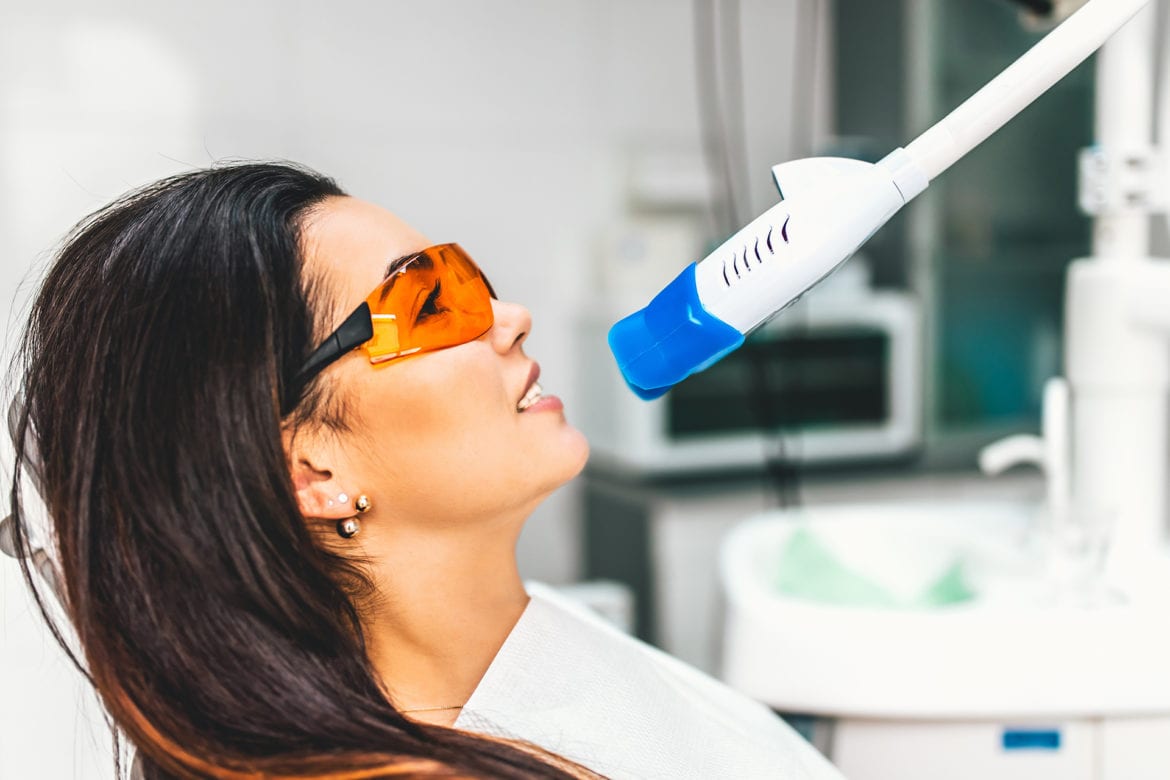Color is a optical perception It essentially depends on light and how an object absorbs and reflects the light it receives. The tooth is not uniform in color, since this is conditioned by the thickness of enamel and dentin in each area.
In fact, it tends to be more yellow in the areas closest to the gum and more translucent at the incisal edge. When our teeth are not as white as we would like, we tend to wonder if something is wrong. But, Is this color change in the teeth considered a pathology? Not always.
Each person has a different tooth color just like the eyes or skin. However, there may be circumstances that change the color of the teeth pathologically, which we will see below.
Alterations in color can produced by multiple factors. Some of them happen due to genetic causes and others are acquired when the tooth is forming or once it has erupted.
In addition, these modifications can also occur as a result of pathological processes. For example, after trauma, the tooth may turn darker. Also, teeth with dental pulp pathology or those affected by cavities, they can also change color.
By last, some dental products and materials that are used to treat certain dental pathologies, can cause some discoloration on the teeth.
Age, hygiene and diet influence color
Some changes in tooth color are related to people’s habits. Frequent consumption of foods and beverages rich in colorants, such as coffee, tea, red wine or tobacco, tend to darken the teeth.
In addition, a improper oral hygiene causes a different tooth color we are used to. These changes are essentially superficial and can be reversed relatively easily with professional dental cleaning procedures.
Other changes are determined by age. For example, enamel and dentin change throughout life. Enamel becomes less translucent and dentin tends to acquire a more yellow appearance due to changes in mineralization and structure.
All of this gives the tooth a less shiny and more yellow appearance than the one with a young tooth. Along with this, there are wear, microcracks, etc., which are more easily stained with food dyes or tobacco.
Whitening toothpastes that don’t bleach
Faced with these changes, we tend to turn to a whitening toothpaste as an easier and cheaper option. Most of the whitening products available base their action on an oxidizing effect. They contain hydrogen peroxide or carbamide peroxide. In addition, they carry other substances such as stabilizers, initiators, surfactants, preservatives, pigments, crystals, desensitizers, etc., with different functions. But ultimately, the final product that performs the bleaching function is always hydrogen peroxide.
This component is a powerful oxidant, capable of destroying molecules that cause tooth discoloration, thus producing the whitening effect. However, in the oxidation process other unstable chemical species can also be produced, known as free radicals that, although they can be metabolized by the body, can lead to unwanted effects on cells.
The chemical reactions of peroxides can be accelerated by using them in combination with…

